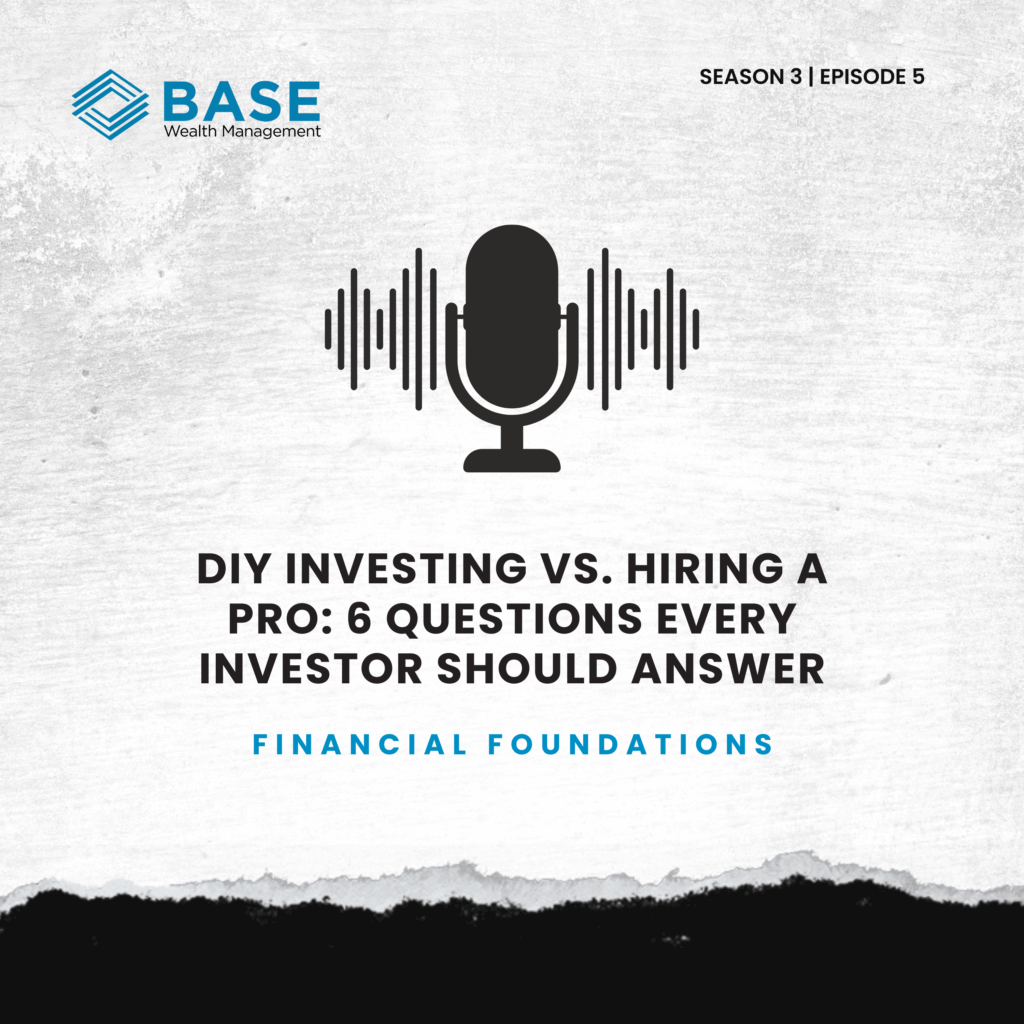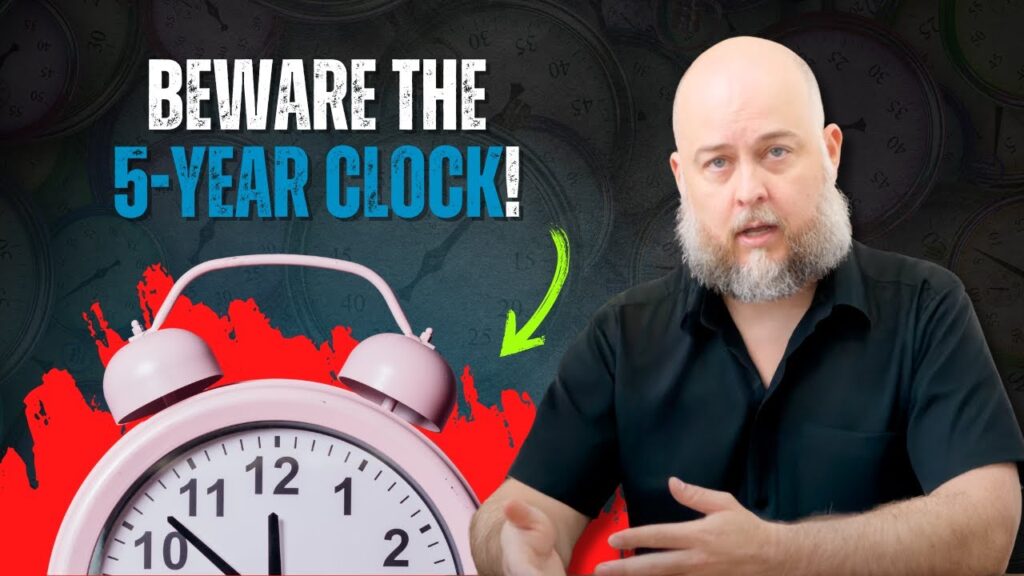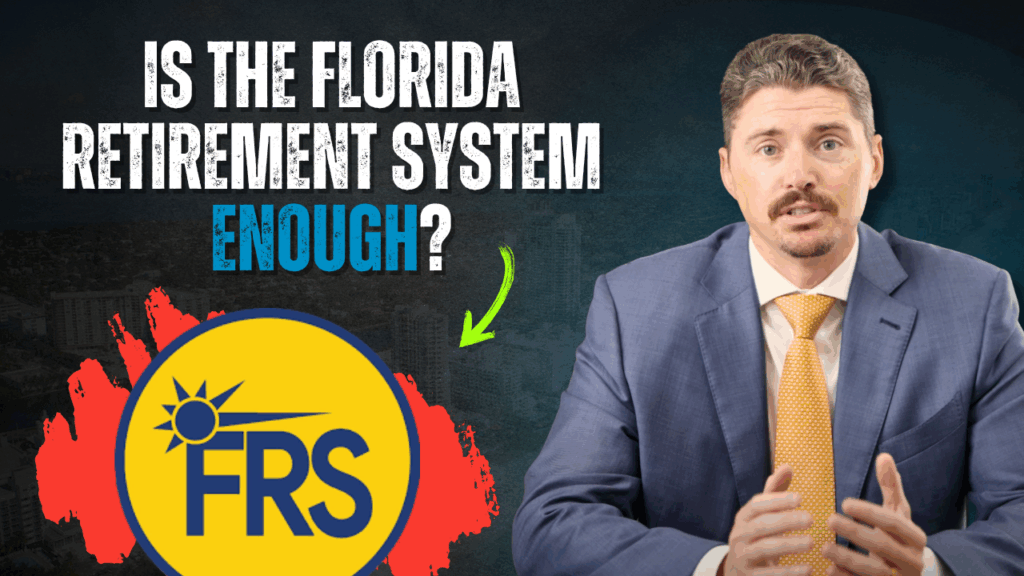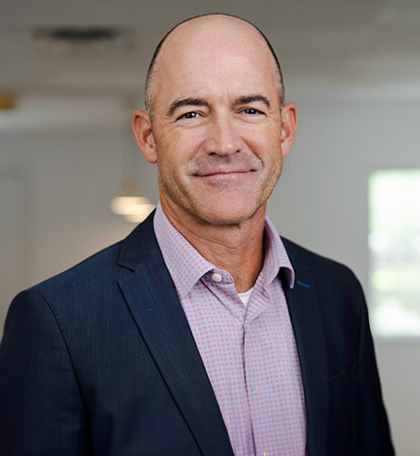Job Growth Slows
Private sector payrolls grew by just 99,000 in August, marking the slowest growth since January 2021, according to recent statistics from ADP. This decline reflects a broader slowdown in hiring, with multiple indicators suggesting the labor market is cooling after strong post-pandemic growth. Despite job losses in sectors like professional services, manufacturing, and information services, gains were seen in education, health services, construction, and financial activities. The weakening job market is increasing expectations for the Federal Reserve to lower interest rates during its meeting this week.
Unemployment Steadies
Initial data shows the unemployment rate ticked down to 4.2% in August. Though job gains were seen in sectors like construction and health care, there were declines in manufacturing, and revisions to prior months showed weaker growth. Average hourly earnings increased by 0.4% for the month, signaling continued wage growth. The report and other recent data strengthen the case for the Federal Reserve to lower interest rates at its upcoming meeting, with market speculation leaning towards a quarter- point cut.
Yield Curve Normalizing
The relationship between the 10-year and 2-year Treasury yields briefly normalized, ending an inversion that had been signaling a potential recession since June 2022. This shift followed news of a sharp drop in job openings and dovish remarks from Atlanta Fed President Raphael Bostic, indicating the potential for rate cuts. Although the yield curve normalization might seem positive, historically it often reverts before a recession hits, meaning the U.S. may still face economic challenges. Bostic's comments reflect growing expectations that the Federal Reserve will soon lower interest rates to support slowing economic growth.
Boeing’s Woes Drag On
Boeing's Starliner spacecraft undocked from the International Space Station (ISS) on Friday, months later than planned and without the two astronauts it delivered in June. NASA decided to return the Starliner empty, citing the need to further investigate propulsion system issues that delayed its departure multiple times. The spacecraft, initially was expected to stay in space for nine days, spent around three months at the ISS before successfully landing in New Mexico. This setback has raised concerns about Boeing’s future in NASA's Commercial Crew Program, as the company has already faced over $1.5 billion in losses.

















